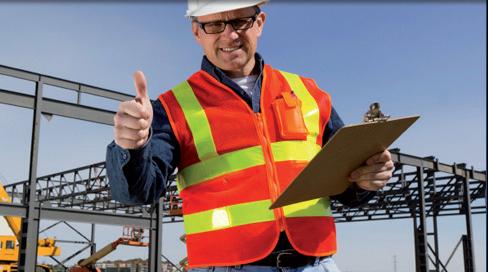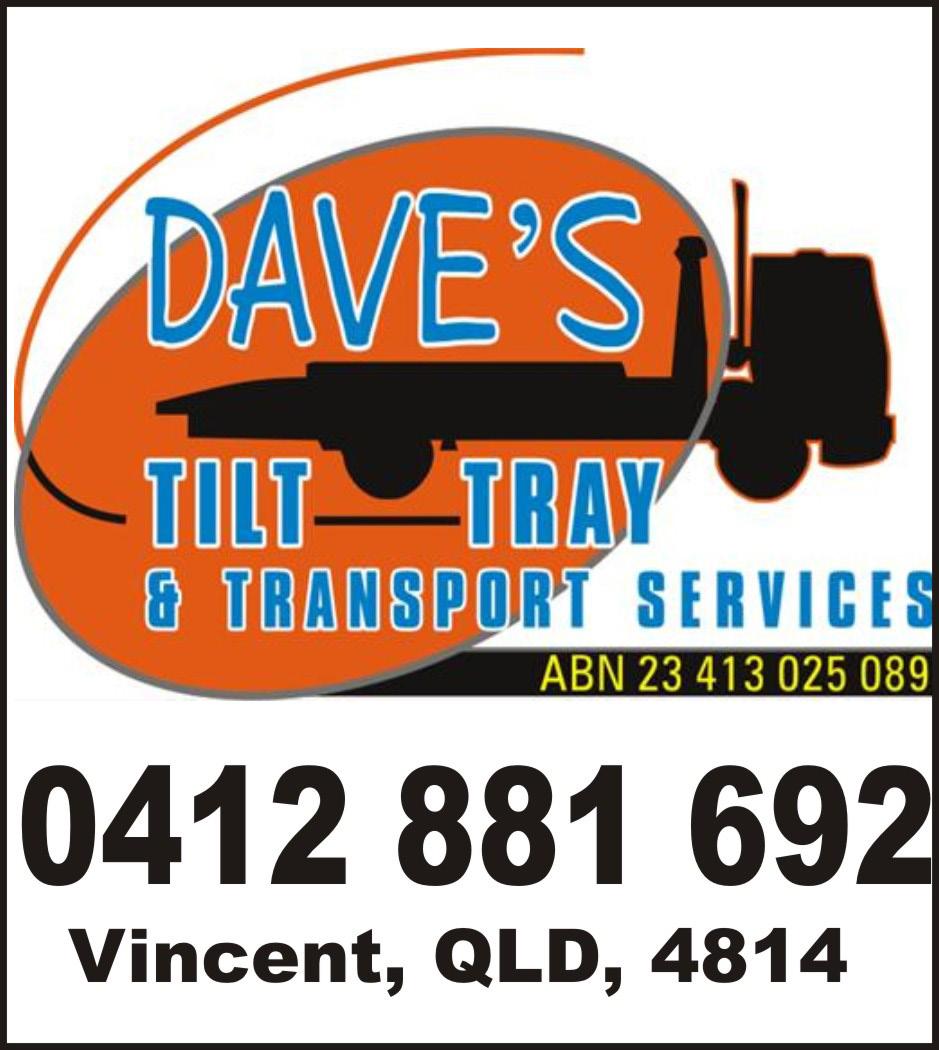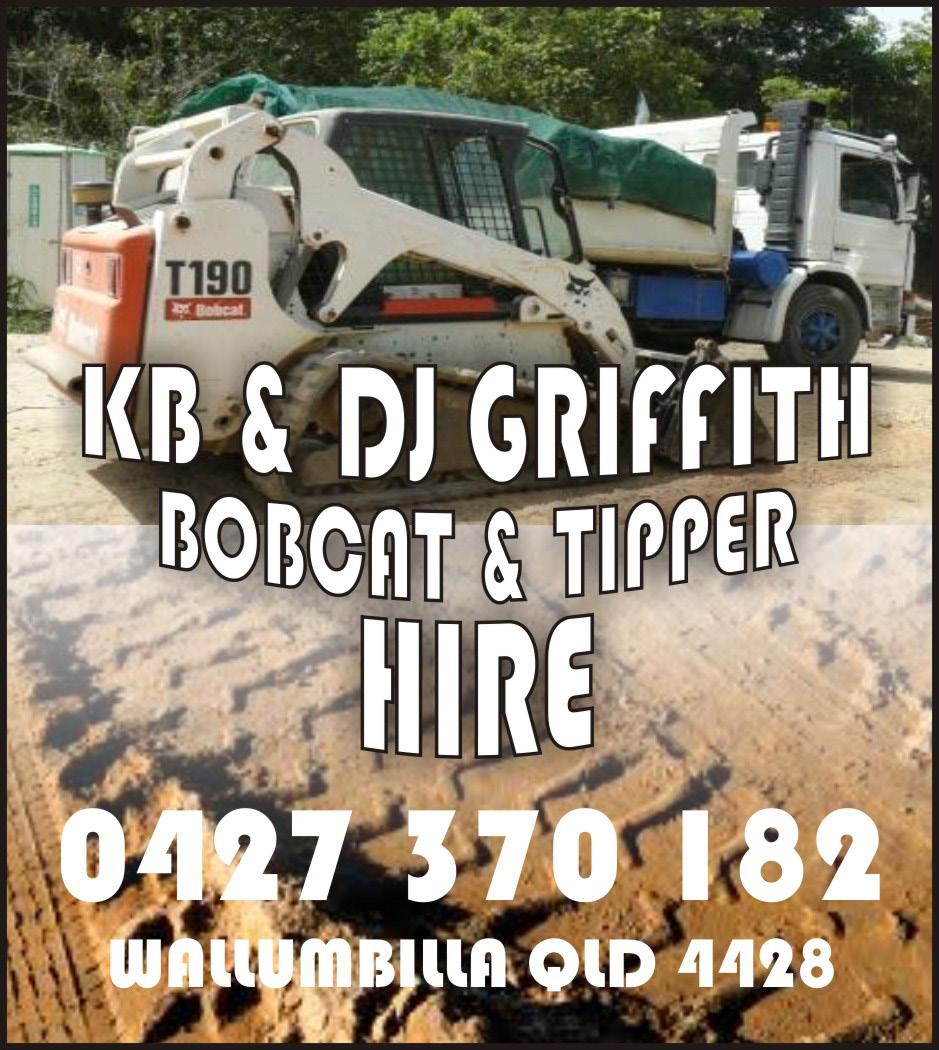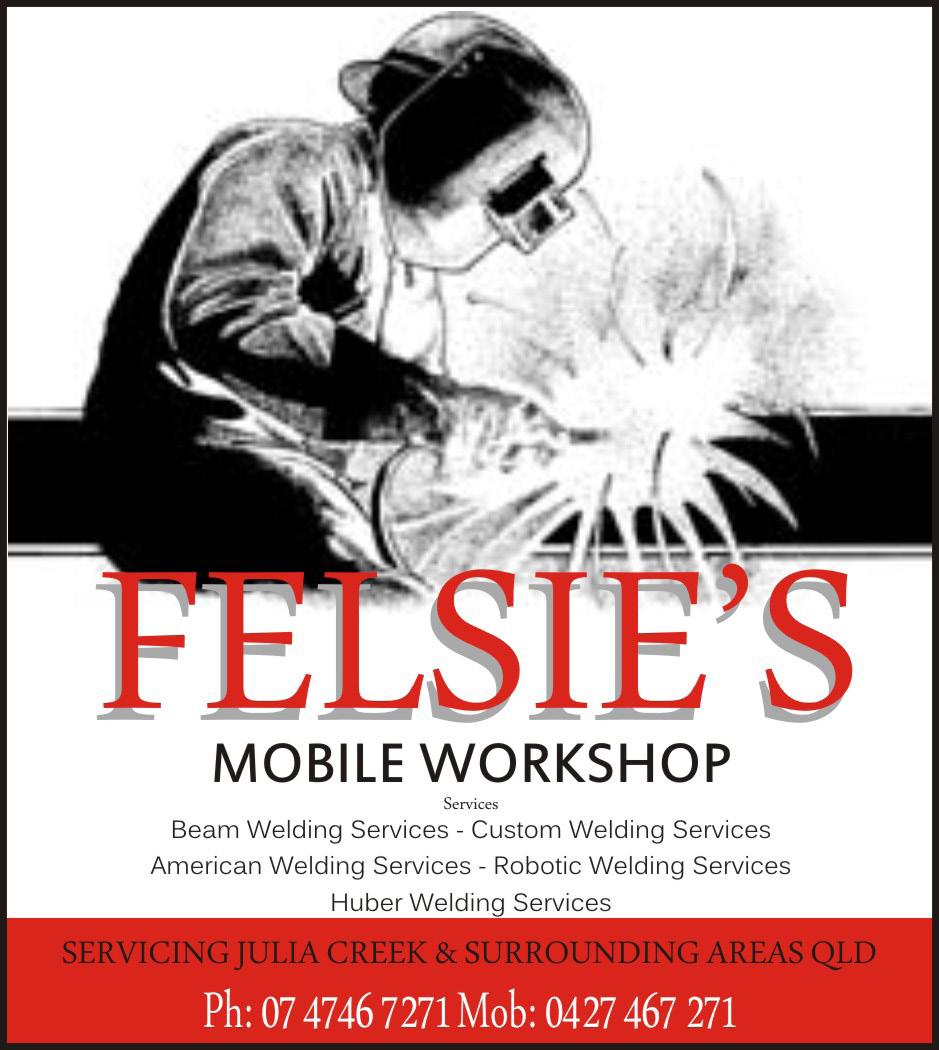
9 minute read
WHS/OH&S acts, regulations and codes of practice


Advertisement
Safe Work Australia leads the development of national policy to improve work health and safety and workers’ compensation arrangements across Australia. It does not regulate or enforce WHS legislation. As a business owner, you must meet the WHS requirements set out in the acts and regulations in your state or territory. You may face penalties if you don’t meet them.
Acts give a general overview of how to make workplaces safe and healthy. They outline your legal responsibilities and duties as an employer and business owner.
Regulations set out the standards you need to meet for specific hazards and risks, such as noise, machinery, and manual handling. They also set out the licenses you need for specific activities, the records you need to keep, and the reports you need to make.
Regulating agencies (also known as regulators) administer health and safety laws. They’re responsible for inspecting workplaces, providing advice and help, and handing out notices and penalties where necessary.
When courts are deciding whether workplace health and safety laws have been met, they may consider whether you’ve followed the approved codes of practice for your state or territory. You can get the approved codes of practice, and advice and support from the regulator in your state or territory listed below.
Australian Capital Territory (ACT) • Act: Work Health and Safety Act 2011 (ACT) • Regulation: Work Health and Safety Regulation 2011 (ACT) • Codes: ACT Codes of Practice • Regulator: WorkSafe ACT
New South Wales (NSW) • Act: Work Health and Safety Act 2011 (NSW) • Regulation: Work Health and Safety Regulation 2011 (NSW) • Codes: NSW Codes of Practice • Regulator: SafeWork NSW
Northern Territory (NT) • Act: Work Health and Safety (National Uniform Legislation) Act 2011 (NT) • Regulation: Work Health and Safety (National Uniform Legislation) Regulations (NT) • Codes: NT Codes of Practice • Regulator: NT WorkSafe
Queensland (Qld) • Act: Work Health and Safety Act 2011 (Qld) • Regulation: Work Health and Safety Regulation 2011 (Qld) • Codes: Qld Codes of Practice • Regulator: Workplace Health and Safety Queensland
South Australia (SA) • Act: Work Health and Safety Act 2012 (SA) • Regulation: Work Health and Safety Regulation 2012 (SA) • Codes: SA Codes of Practice • Regulator: SafeWork SA
Tasmania (Tas) • Act: Work Health and Safety Act 2012 (Tas) • Regulation: Work Health and Safety Regulation 2012 (Tas) • Codes: Tas Codes of Practice • Regulator: WorkSafe Tasmania
Victoria (Vic) • Act: Occupational Health and Safety Act 2004 (Vic) • Regulation: Occupational Health and Safety Regulations 2007 (Vic) • Codes: Vic Compliance Codes • Regulator: WorkSafe Victoria
Western Australia (WA) • Act: Occupational Safety and Health Act 1984 (WA) • Regulation: Occupational Safety and Health Regulations 1996 (WA) • Codes: WA Codes of Practice • Regulator: WorkSafe WA
When a WorkCover inspector calls ...
WorkCover NSW inspectors have wide powers to enter workplaces and carry out investigations, but employers should also be aware they have a number of rights under OHS law.
Speaking at a breakfast seminar, John Stanton, a partner with Australian Business Lawyers, said WorkCover inspectors have powers to enter any premises believed to be a place of work. They also have the right to dismantle plant and equipment, to take and keep things, and to access documents.
WorkCover inspectors also initiate the vast majority of prosecutions for OHS breaches, and penalties can range from $55,000 for first time offending individuals, to $825,000 for a previously offending corporation. But if an inspector ‘knocks on your door’, you have the right to ask them to produce an identification card. If someone claiming to be an inspector can’t produce an identification, you can refuse them entry, Stanton said.
Tips — when speaking to WorkCover inspectors Stanton said employers, directors and managers should take note of the following tips when speaking to WorkCover inspectors:
Keep it formal Stanton advised seminar participants to treat all conversations with WorkCover inspectors as ‘formal’ conversations.
‘There is no [such thing as an] informal chat with a WorkCover inspector.’ Stanton said. Assume that information is being gathered and recorded and that it could be used later on if a prosecution arises. Accordingly your dealings with inspectors should be treated formally. Check statements and keep records Make sure you get copies of any statements a WorkCover inspector takes from you.
Check the statement is correct and keep a record of it. You should also ask for receipts for anything an inspector takes from the workplace
Don’t guess or speculate when answering questions ‘Speculation can be prejudicial to you’ should a case arise, Stanton said. ‘Stick to the facts when dealing with inspectors.’
‘Your obligation is to answer [the inspector’s] questions, not to guess or speculate’, Stanton said. If you don”t know the answer, simply say “I don’t know the answer to that question”, or “the facts are not within my knowledge”.’
Protect yourself from incrimination You are obliged to answer an inspector’s questions where possible, Stanton said. You can’t refuse to answer an inspector’s questions on the basis that you might incriminate yourself (as is the general rule under common law), he said.
However, you can rely on a provision under s65 of the Occupational Health and Safety Act 2000 to prevent anything you say being used against you in a prosecution as ‘a natural person’.
Stanton strongly advises that you let the inspector know you are aware of this right at the time of the interview. The fact that you are relying on this right should also be noted at the end of the statement.
In the last couple of years, it has become common practice for WorkCover inspectors to inform interview subjects of this right, he added.
Using s65 only protects individuals from having their statement used against them personally in a prosecution — it doesn’t protect the corporation from having the evidence given used against it.
Seek legal advice You have the right to seek legal advice and representation and ‘I strongly recommend you do so’, Stanton said.
In practice, in most situations you will have some prior notice of WorkCover investigations and interviews — even if it is only a couple of hours — and you should use that time to ensure you have legal advice available.

‘Often people don’t consider the legal implications that may flow on from a WorkCover inspector’s visit’, Stanton said.
‘But the way in which you give information and answer questions could have significant legal consequences. Having legal advice from the very beginning could ensure your interests are protected and the process is fair.’














International Certifications Queensland


LOOKING FOR CERTIFICATION?
If you are serious about rec eiving value from the certifica tion process and you want
be associ ated with a pres tigious interna tionally re co gnised Conformity
A ssessment Body (CAB) with a proven track re co rd of ex ce llenc e;
then the obvious choice is Interna tional Certifica tions
. www.intlcert.com Phone: 07 4755 0585

194 Ross River Road, Aitkenvale, QLD, 4814 E-mail: admin@intlcert.com

10 Construction Site Safety Tips
1. Fall Protection Duty to Have Fall Protection.
Duty to have fall protection is the most cited standard in the construction industry and is one of the leading causes of worker deaths in construction. Employers need to do a better job of assessing job sites and implementing fall protection systems to protect workers.
Workers:Workers should familiarize themselves with all potential fall hazards on a job site. Never work in an area where fall protection systems have yet to be installed. Workers using personal fall arrest systems should inspect them before each use to ensure they are working properly and are free of damage. The lanyard or lifeline should be short enough to prevent the worker from making contact a lower level in the event of a fall. This means taking into account the length of the lanyard, length of dynamic elongation due to elastic stretch and the height of the worker.
Employers: Employers are required to provide fall protection systems to protect their workers on walking or working surfaces with unprotected edges or sides that are six feet above a lower level. Fall protection can include guardrails, safety net systems and personal fall arrest systems. Guardrails are the only method approved that actually prevents falls from occurring. Safety nets and personal fall arrest systems prevent workers from falling a great distance.
Fall protection includes protecting workers from falling into holes such as elevator shafts and skylights as well as excavations. Employers are also required to protect workers from falling objects by requiring hard hats be worn by workers and by installing toeboards, screens or guardrails, erecting canopies or barricading the area to keep workers out.
2. Scaffolds General Requirements.
Approximately 65% of all construction workers perform work on scaffolds. Employees performing work on and around scaffolding are exposed to falls, electrocutions and falling object hazards.
Workers: Hard hats should be worn when working on, under or around a scaffold. Workers should also wear sturdy, non-skid work boots and use tool lanyards when working on scaffolds to prevent slips and falls and to protect workers below. Workers should never work on scaffolding covered in ice, water or mud. Workers are prohibited from using boxes, ladders or other objects to increase their working height when on a scaffold.
Workers should never exceed the maximum load when working on scaffolds. Never leave tools, equipment or materials on the scaffold at the end of a shift. Workers should not climb scaffolding anywhere except for the access points designed for reaching the working platform. Tools and materials should be hoisted to the working platform once the worker has climbed the scaffold.
If personal fall arrest systems are required for the scaffold you will be working on, thoroughly inspect the equipment for damage and wear. Workers should anchor the system to a safe point that won’t allow them to free fall more than six feet before stopping.
Employers: All scaffolding should be designed, erected and disassembled by a competent person. A competent person should also inspect scaffolding before the start of work each day to ensure that it is safe for use.
Scaffolding should be erected on solid footing, fully planked and at least 10 feet away from power lines. Scaffolding should be erected with






